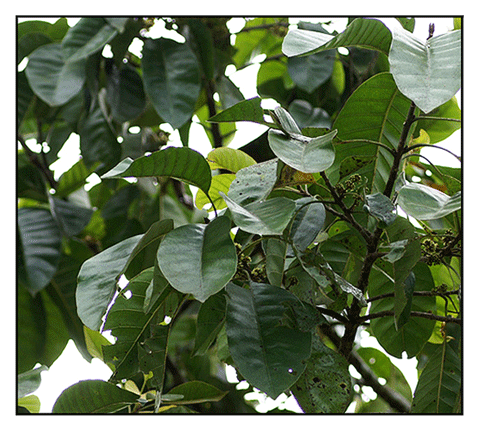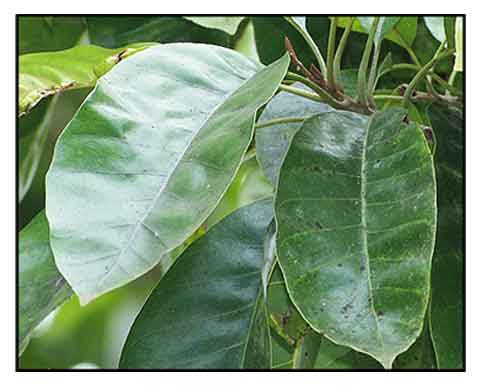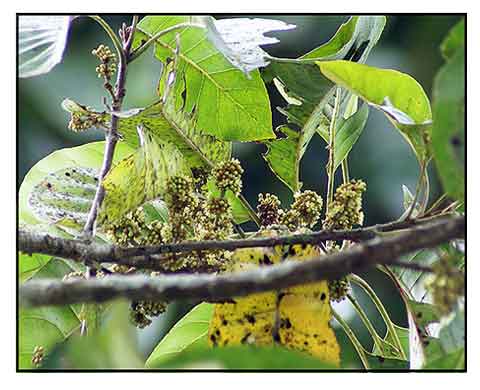
Family • Sapotaceae
Duklitan
Planchonella duclitan (Blanco) Bakh.f.
WHITE NATO
| Scientific names | Common names |
| Becacariella balitbitan (Blanco) Pierre | Bungalong (Ilk.) |
| Becacariella celebica Pierre | Duklitan (Tag.) |
| Becacariella duclitan (Blanco) Pierre | Malayhot (Tag.) |
| Chrysophyllum rhodoneurum Hassk. | White nato (Engl.) (?) |
| Chrysophyllum sundaicum Miq. | |
| Planchonella celebica (Pierre ex Burck) Dubard | |
| Planchonella duclitan (Bloanco) Bakh.f. | |
| Planchonella nitida (Blume) Dubard | |
| Planchonella sundaica (Burck) Dubard | |
| Pouteria duclitan (Blanco) Baehn | |
| Pouteria nitida (Blume) S.P.Teo | |
| Sideroxylon balitbitan Blanco | |
| Sideroxylon celebicum Pierre ex Burck | |
| Sideroxylon duclitan Blanco | |
| Sideroxylon nitidum Blume | |
| Sideroxylon ramiflorum Merr. | |
| Sideroxylon sundaicum Burck | |
| Xantolis nitida (Blume) Baehni | |
| Planchonella duclitan (Blanco) Bakh.f. is accepted. KEW: Plants of the World Online | |
| Other vernacular names |
| INDONESIA: Karet anjing, Nyato, Nyato putih, Sambiring. |
December 2022
![]()
 |
| PHOTOS / ILLUSTRATIONS |
| IMAGE SOURCE: Photograph (3): Planchonella duclitan / Copyright © Marina Khaytarova / Non-commercial use / click on image to go to source page / Trees of Tropical Asia |
Additional
Sources and Suggested Readings |
• |
DOI: It is not uncommon for links on studies/sources to change. Copying and pasting the information on the search window or using the DOI (if available) will often redirect to the new link page. (Citing and Using a (DOI) Digital Object Identifier) |
| List of Understudied Philippine Medicinal Plants |
• |
 |




